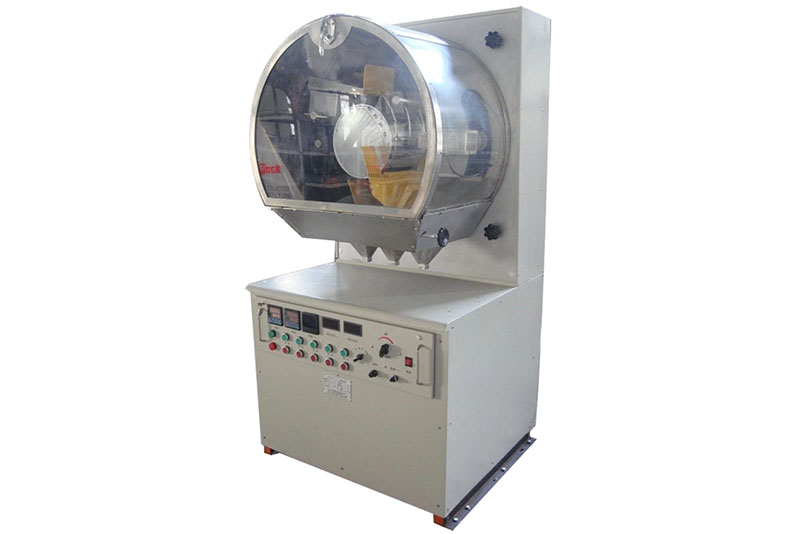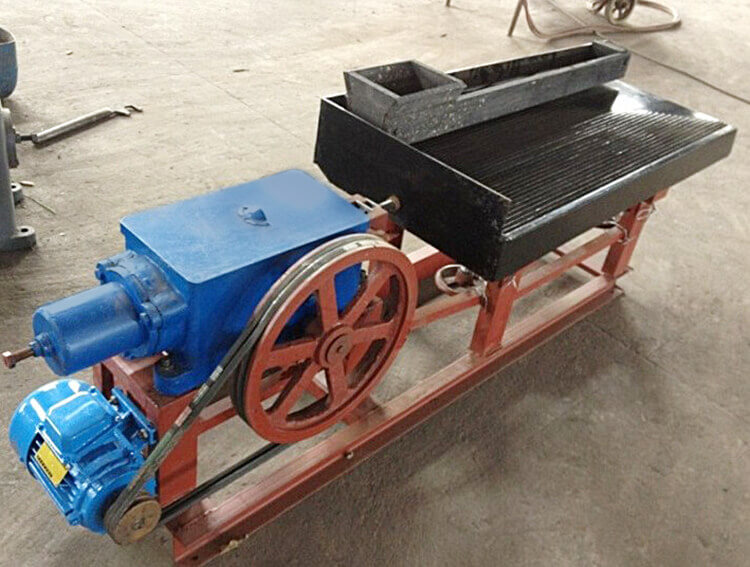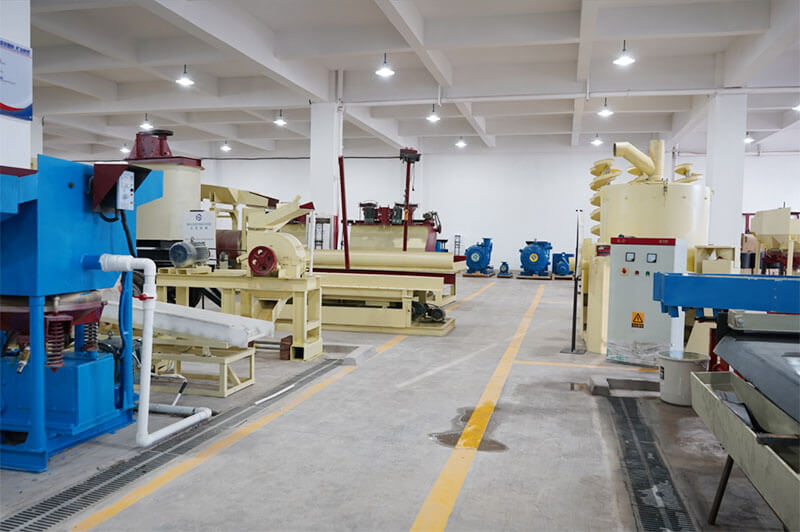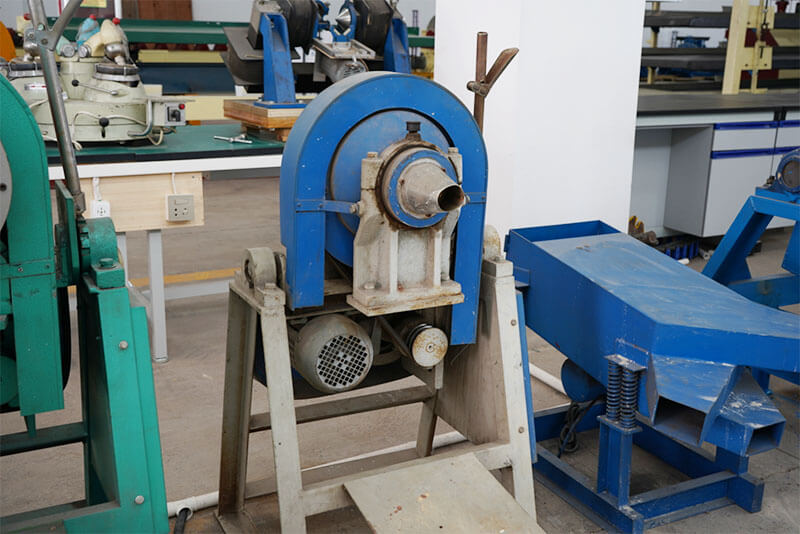Tantalite is a vital mineral primarily composed of tantalum. It is crucial in various industrial applications, particularly in electronics. Due to its increasing demand in modern technology, efficient extraction and beneficiation of tantalum have become imperative for mining operations. This blog will delve into the different methods of tantalum mining beneficiation, the systematic steps involved in laboratory testing, and the essential equipment needed for these processes.
Understanding Tantalite
What is Tantalite?
Tantalite is a black or brown mineral that includes tantalum, iron, manganese, niobium, and other elements. The mineral’s unique properties, such as high melting point, excellent conductivity, and corrosion resistance, make tantalum a key component in capacitors production, high-performance alloys, and various electronic devices.
Global Demand for Tantalum
The demand for tantalum has surged due to its applications in consumer electronics, aerospace, and medical devices. With the rapid advancement of technology, manufacturers are continuously seeking ways to enhance the performance of their products, driving the need for high-quality tantalum. This demand emphasizes the importance of effective mining and beneficiation methods to ensure a sustainable supply of this critical mineral.
Tantalite Mining Beneficiation Methods
Tantalite mining beneficiation involves several methods to increase the tantalum concentration while minimizing impurities and is chosen based on the specific characteristics of the ore. Here are some beneficiation methods used in the industry:
1. Gravity Separation
Description: This method exploits the difference in density between tantalum minerals and gangue. Tantalite is significantly denser than most associated minerals, making gravity separation an effective technique.
Process:
Crushing and Grinding: The ore is crushed and ground to liberate the tantalum minerals from the surrounding materials.
Concentration: Using jig separators, shaking tables, or spiral concentrators, the heavier tantalite is separated from lighter impurities through gravitational forces.
Advantages: This method is cost-effective and environmentally friendly, as it does not require chemicals.
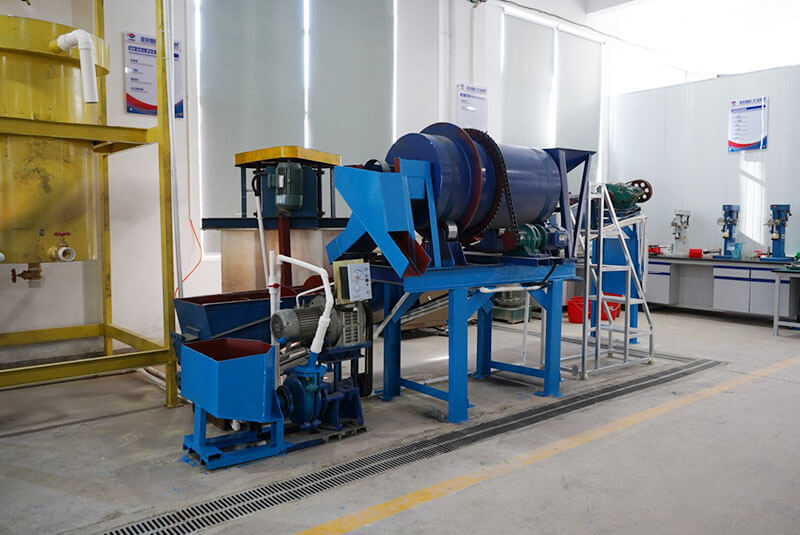
2. Magnetic Separation
Description: This technique utilizes the magnetic properties of minerals to separate tantalum-bearing minerals from non-magnetic gangue.
Process:
Preparation: Crush and grind the ore to a suitable size.
Separation: Magnetic separators isolate ferrous materials and enhance the purity of the tantalum concentrate.
Advantages: Magnetic separation effectively removes magnetic impurities, ensuring a higher quality of the final product.
3. Flotation
Description: Flotation is a separation technique that relies on the differences in surface chemistry of minerals. Tantalite can be floated away from other minerals.
Process:
Slurry Preparation: The crushed ore is mixed with water to form a slurry. Reagent Addition: Add flotation reagents (collectors, frothers, and modifiers) to enhance the hydrophobic properties of tantalite.
Separation: The slurry is introduced into flotation cells and generates air bubbles, allowing the hydrophobic tantalite particles to attach and float to the surface.
Advantages: Flotation can achieve high recovery rates and is particularly effective for low-grade ores.
4. Chemical Leaching
Description: This method uses chemical solutions to dissolve and extract tantalum from the ore. It is often used for ores that are difficult to process by physical methods.
Process:
Crushing and Grinding: Prepare the ore as mentioned in the previous methods.
Leaching: The ground material is treated with acidic or alkaline solutions (e.g., hydrofluoric or sulfuric acid) to dissolve tantalum.
Recovery: After leaching, the solution is processed to precipitate tantalum.
Advantages: Chemical leaching can be tailored to specific ores and obtain high-purity tantalum.
Laboratory Tantalite Beneficiation Test
Conducting a laboratory beneficiation test is crucial for determining the most effective method for your specific ore. These tests help identify the best processing strategy and optimize recovery rates. Here are the typical steps involved:
Step 1: Sample Collection
Importance: Collecting representative samples from the mining site is essential to ensure accurate testing results. Samples should reflect the variability of the ore body.
Step 2: Sample Preparation
Crushing and Grinding: Crush and grind the samples to the required particle size to liberate tantalum minerals from the gangue. The particle size is crucial, as it affects the efficiency of the subsequent separation processes.
Step 3: Preliminary Testing
Testing Different Methods: Conduct preliminary tests using various methods (gravity, magnetic, flotation) to evaluate which approach yields the best results for the specific sample.
Data Collection: It Records recovery rates, concentrate grades, and any challenges encountered during the testing.
Step 4: Optimization
Parameter Adjustment: Optimize the selected method by adjusting pH, reagent dosage, and process time. This step is critical for maximizing tantalum recovery while minimizing the loss of valuable minerals.
Iterative Testing: Perform iterative tests to fine-tune the process and achieve the best possible outcomes.
Step 5: Final Analysis
Analytical Techniques: Analyze the concentrate and tailings using X-ray fluorescence (XRF) or inductively coupled plasma mass spectrometry (ICP-MS). These methods provide detailed information on the concentration of tantalum and the presence of impurities.
Reporting: Compile the results into a comprehensive report, outlining the methods used, recovery rates, and recommendations for further processing.
Tantalite Beneficiation Equipment
Various equipment is necessary to carry out tantalum beneficiation. Here’s a detailed list of commonly used equipment in the laboratory:
- Stone Crushers: Crushing the ore to liberate the tantalum minerals from the surrounding materials. Different stone crushers, such as jaw and cone crushers, can be employed depending on the ore characteristics.
- Ball Mills: Ball mills facilitate the grinding process, allowing for the liberation of tantalite minerals.
- Jig separators: Gravity separation machine that utilizes pulsating water to separate heavier tantalite from lighter gangue. Jigs are efficient for coarse separation.
- Shaking Tables: shaking tables provide a more refined separation process for enhanced gravity separation. It is ideal for concentrating tantalum.
- Magnetic Separators: Remove magnetic impurities from the concentrate. It includes wet and dry magnetic separators.
Flotation Cells: Essential for conducting flotation tests, these cells allow for the separation of hydrophobic tantalite from other minerals. - Chemical Reactors: It has wide application in leaching processes, chemical reactors enable controlled reactions to extract tantalum from the ore.
- Analytical Equipment: XRF and ICP-MS are crucial for the final analysis of the concentrate and tailings.
Conclusion
Tantalite mining beneficiation is a complex process that requires a combination of methods and careful laboratory testing. By understanding the various beneficiation methods and the equipment needed, mining operations can optimize their processes to enhance tantalum recovery and meet market demands. Furthermore, incorporating sustainable practices will help ensure the long-term viability of tantalum mining and its contribution to modern technology. Our expertise in manufacturing mining equipment and providing comprehensive testing services can help you achieve your mining goals while ensuring operational efficiency and environmental responsibility.
JXSC lab mineral processing equipment manufacturer has more than 38 years of experience in mining processing. We provide various lab mining equipment including gravity-separating equipment for processing minerals such as gold, tin, tungsten, lead, zinc, tantalum, niobium, iron, manganese, silver, titanium-iron, etc. Lab machines include laboratory jaw crusher, hammer crusher, roller crusher, grinding equipment, lab gravity separator, screening, washing equipment, etc. Welcome to consult!

